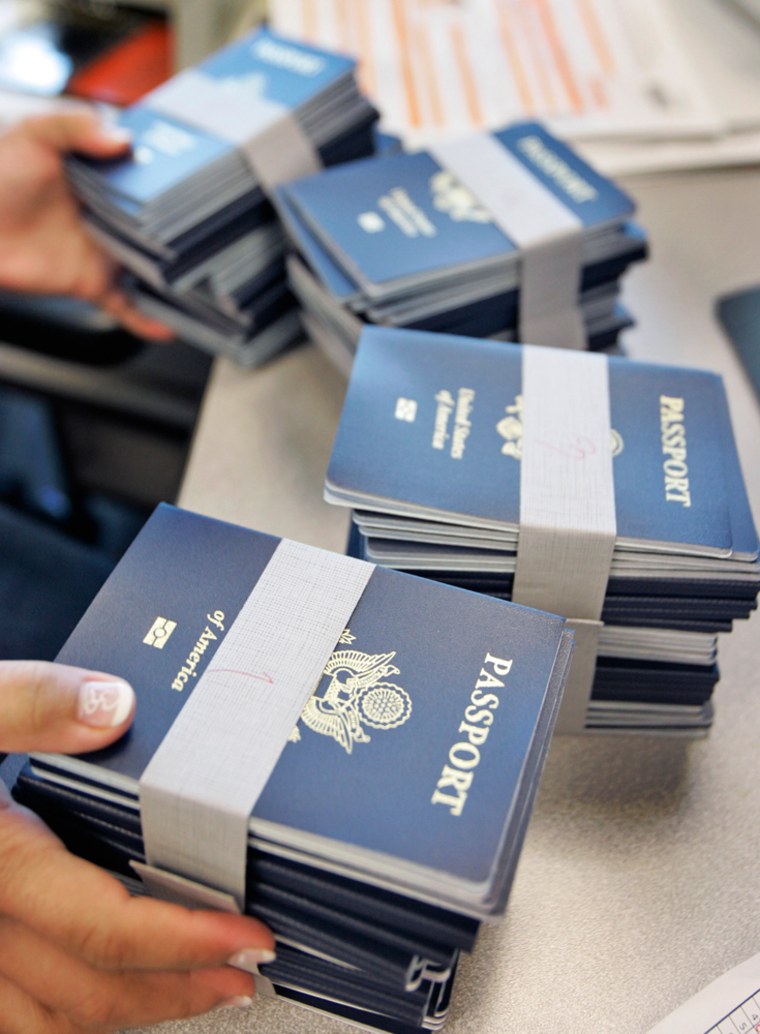Have passport, will travel.
Don’t have a passport? Depending on where you’re going and how you plan to get there, you may be OK. Between several new forms of alternative ID and one seldom-publicized loophole, many travelers will be able to cross the border for years to come without that little blue book.
From debacle to back on track
Flashback to this time last year and new rules mandated by the government’s Western Hemisphere Travel Initiative (WHTI). Faced with regulations requiring a passport for anyone entering the U.S. by land or sea, millions of Americans sent in applications prior to their summer travels. The flood of paperwork completely swamped the Passport Office, pushing processing times from a few weeks to three months or more.
That, in turn, led to a flurry of frantic calls to Congressional representatives, desperate dashes to the closest passport agency and a slew of stopgap measures designed to deal with the backlog. In light of the uproar, the government eventually rolled back the requirement to June 1, 2009.
Now it’s a year later and officials are confident that history won’t repeat itself. “We anticipated a bigger rush,” says Steve Royster, spokesman for Consular Affairs, “but when the rule changed, people decided they weren’t in as much of a hurry.” For the record, the government processed 18 million passports last year and expects similar numbers for 2008.
You will, however, pay slightly more this year. Fees for first-time U.S. passports are now $100 for adults (16 and older) and $85 for those 15 and younger. Processing times are “well within” four weeks, says Royster. Visit here for more information.
Meanwhile, the government expects to start producing its first round of passport cards as early as next month. Designed to provide a less-expensive alternative to a traditional passport, the wallet-sized card is targeted primarily to residents of border communities and other travelers who make frequent trips across the border.
The card, which uses radio frequency identification (RFID) technology to facilitate wireless reading, is valid only for crossings by land or sea (not by air) between the U.S. and Canada, Mexico, Bermuda and the Caribbean. It will cost $45 for first-time adult applicants, $35 for children 15 and younger and $20 for current passport holders seeking new documents. The government has already received more than 200,000 applications and expects to be in full production by July.
Have driver’s license, will travel?
While the passport card offers a cheaper alternative to a full passport, it’s not the only option, at least for residents in states developing Enhanced Driver’s License (EDL) programs. Serving as both a driver’s license and proof of citizenship, these wallet-sized cards will also feature an RFID chip and be valid for land and sea crossings, but not air travel.
Currently, Washington is the only state issuing enhanced licenses. According to Gigi Zenk, spokeswoman for the Department of Licensing, the state has issued 14,000 since February and has another 30,000 appointments on the books. (Applicants must apply in person and provide proof of state residency and U.S. citizenship to qualify for the card.) The fee is $40, compared to $25 for a standard license.
Other states are also moving forward. New York hopes to have its version available by the end of this summer ($80 vs. $50 for a standard license); Arizona, by this fall (fees not yet established), and Vermont, by February 2009 ($65 vs. $40). “The idea has been very favorably received,” says John Zicconi, spokesman for Vermont’s Agency of Transportation. “It’s less expensive [than a passport], and it’s easier because people can just go to the DMV.”
Closed-loop cruises: loophole or just plain loopy?
Passports, passport cards, enhanced driver’s licenses — seems like there’s a WHTI-compliant document for every scenario and situation. And with the June 2009 deadline one year away, there’s no excuse not to get with the program and get appropriate ID.
Well, actually, there is one. When the final rules were published last month, they included a clause that exempted U.S. citizens on so-called “closed-loop” cruises that start and end in the same U.S. port. In other words, if you sail from Miami to the Caribbean and return to Miami, you’ll still only need appropriate photo ID (e.g., a driver’s license) and a copy of your birth certificate — even after the new regs take effect.
Needless to say, that’s not recommended. Many cruise lines all but insist on passports for international cruises regardless of itinerary; the exemption doesn’t apply to non-loop cruises (e.g., Miami–Puerto Rico), and if you have to fly home for an emergency, carrying anything other than a passport is just asking for additional screening.
That’s no way to end a vacation, so you might as well go ahead and apply for the document that works for you. A year from now, when others are scrambling to get theirs, you’ll be glad you did.
